Publications on Key Populations
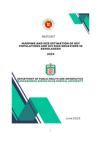
The Bangladesh government is committed to limit the prevalence of HIV and sexually transmitted infections (STIs) among key populations (KPs) at a low level. The current mapping, size estimation, and behavioral survey was conducted among the KP groups, namely, female sex workers (FSW), people who inject drugs (PWID), and men who have sex with men(MSM/MSW). Regular updates of the estimated KP size and their mapping are important for planning, priority setting, designing effective interventions, resource allocation, and monitoring.
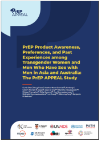
PrEP Product Awareness, Preferences, and Past Experiences among Transgender Women and Men Who Have Sex with Men in Asia and Australia (PrEP APPEAL) was a survey study in 16 countries and territories in Asia and Australia. The overall goal of PrEP APPEAL was to identify values and preferences about PrEP, as well as barriers and facilitators to PrEP uptake, among men who have sex with men (MSM) and transgender women (TGW) in Asia and Australia.
Key findings

Marked inequalities and diverse epidemic trends affect progress in the HIV response in Asia and the Pacific. The HIV epidemic in the region disproportionately affects people from key populations, especially young people (aged 15–24 years), and their sexual partners. Download the regional factsheet to find out the most up-to-date HIV info, data and analysis.

Drug use continues to be high worldwide. In 2021, 1 in every 17 people aged 15–64 in the world had used a drug in the past 12 months. The estimated number of users grew from 240 million in 2011 to 296 million in 2021 (5.8 per cent of the global population aged 15–64). This is a 23 per cent increase, partly due to population growth. Cannabis continues to be the most used drug, with an estimated 219 million users (4.3 per cent of the global adult population) in 2021.
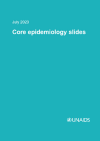
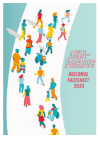
UNAIDS new Global AIDS Update report shows 29.8 million of the 39 million [33.1 million–45.7 million] people living with HIV globally are receiving life-saving treatment. An additional 1.6 million people received HIV treatment in each of 2020, 2021 and 2022.

Two decades ago, the global AIDS pandemic seemed unstoppable. More than 2.5 million people were acquiring HIV each year, and AIDS was claiming 2 million lives a year.
UNAIDS data show that today, 29.8 million of the 39 million [33.1 million–45.7 million] people living with HIV globally are receiving life-saving treatment. An additional 1.6 million people received HIV treatment in each of 2020, 2021 and 2022.
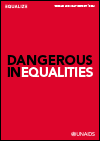
This report, which marks World AIDS Day 2022, unpacks the impact that gender inequalities, inequalities faced by key populations, and inequalities between children and adults have had on the AIDS response. It is not inevitable, however, that these inequalities will slow progress towards ending AIDS. We know what works—with courage and cooperation, political leaders can tackle them.

As part of HIV prevention and care continuum HTS, ART service, and STI service have been strengthened aiming to ensure broader coverage especially amongst KPs. By doing so, a number of initiatives have been applied and expanded such as community testing, self-testing, multi-month dispensing, etc. In the middle of 2019, PrEP has been introduced with the aim to prevent new infection amongst high risk KPs.






